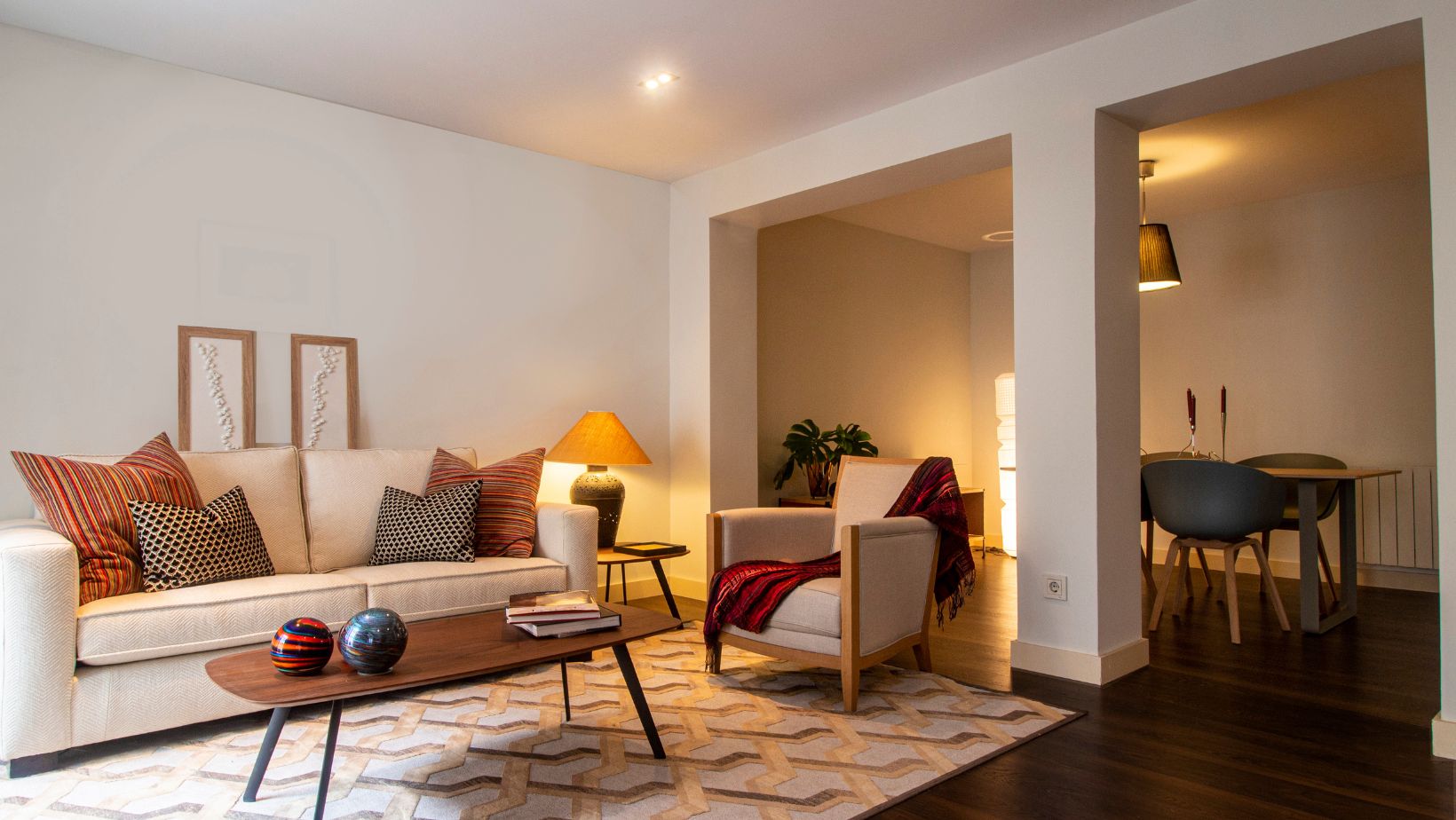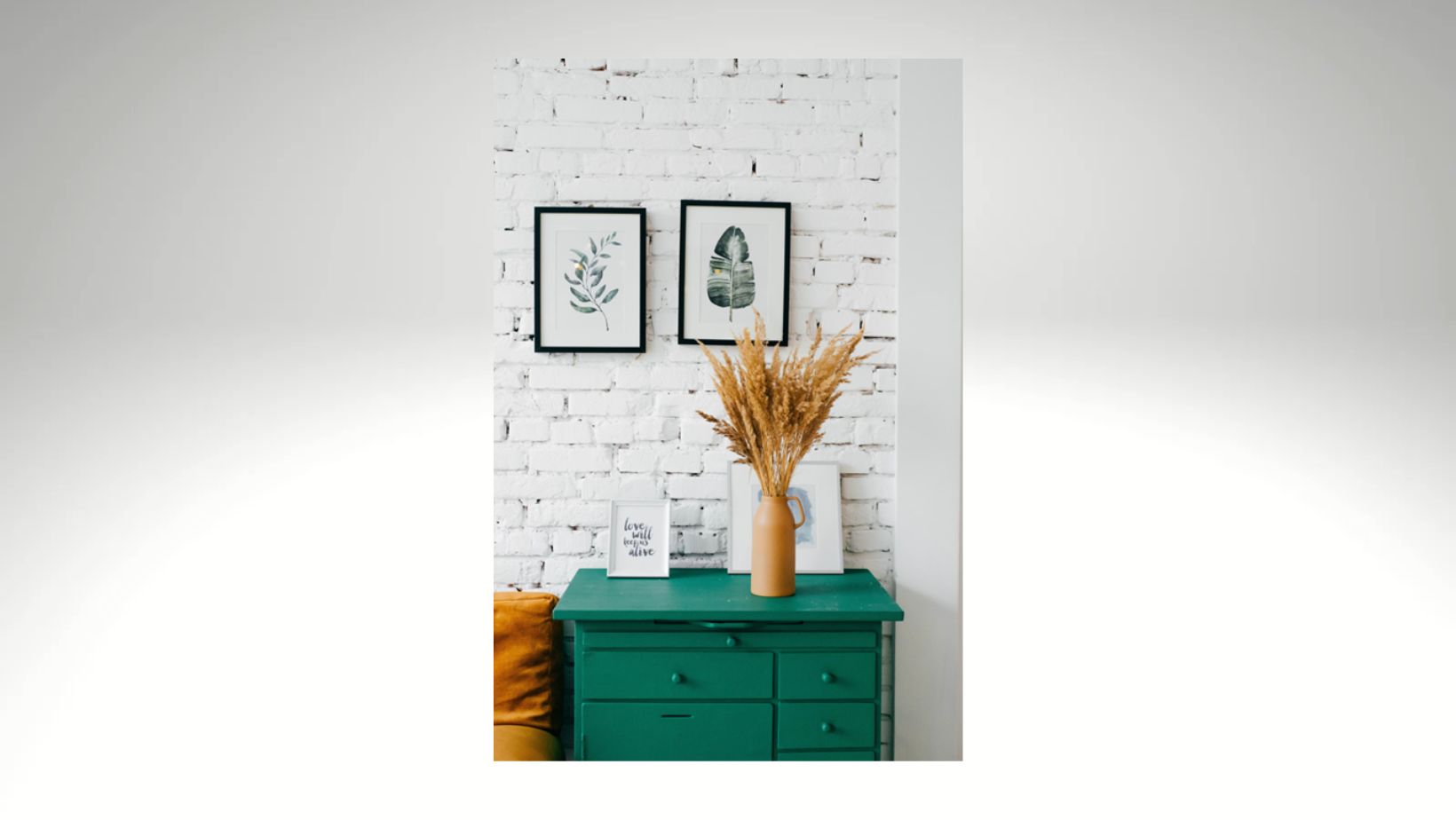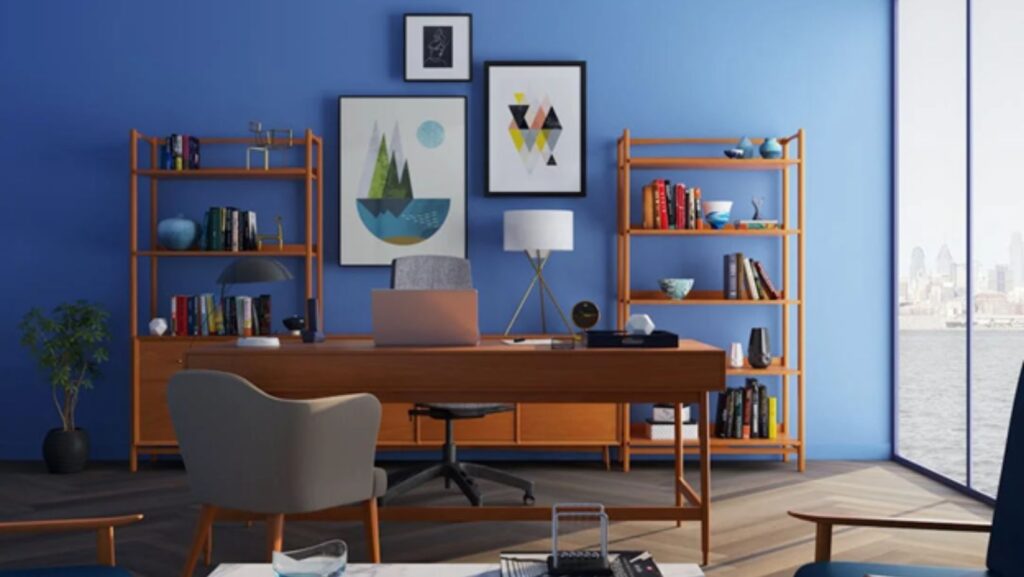Creating a cohesive style in your home design is all about ensuring that each space flows seamlessly into the next, allowing rooms to complement rather than clash with each other. Whether you’re decorating a new home or looking to refresh your current one, a unified design aesthetic brings harmony, making your home feel more organized, balanced, and visually appealing. Here are some essential steps to guide you in creating a cohesive look across all areas of your home.
Start with a Consistent Color Palette
The first step to achieving a cohesive look is to choose a consistent color palette. Selecting colors that work well together creates an instant sense of harmony as you move from room to room. Start by choosing one or two main colors and adding a few complementary shades to keep things interesting without overwhelming the senses.
To ensure continuity, use the main colors across each room but vary their application. For instance, you might paint the walls in a neutral tone throughout the home but use accent colors in different ways, such as in rugs, curtains, or decorative accessories. This approach lets you create variety while maintaining a cohesive style through a shared color scheme.
Define Your Style
A well-defined design style is crucial for cohesiveness. Whether it’s modern, traditional, minimalist, or eclectic, sticking to a specific style will help guide your choices for furniture, accessories, and layout. If you’re unsure which style suits you best, consider creating a mood board with images that inspire you, from furniture to fabrics and lighting. This visual reference can be a helpful reminder when selecting pieces, ensuring they fit into your overall theme.
It’s essential to avoid mixing drastically different styles within your home, as this can disrupt the flow. However, blending elements of complementary styles can create a unique, layered look.

For instance, a minimalist home can incorporate mid-century modern touches, as both styles emphasize clean lines and functionality. Define a style that speaks to you, and make it the foundation of your design choices.
Focus on Transitions Between Spaces
The spaces that connect different rooms—hallways, staircases, and entryways—play a significant role in tying your home design together. A thoughtfully decorated hallway, for example, can act as a bridge, seamlessly guiding the eye from one room to the next. Incorporating hallway decorating ideas that mirror the colors, textures, or patterns from adjacent rooms creates a smooth visual transition. Consider using similar wall colors or artwork in these connecting spaces to enhance cohesion. Adding decorative touches like matching frames, mirrors, or plants can also help these spaces feel more intentional and aligned with the rest of your home’s design. Don’t overlook these transition areas; they are an essential part of creating a unified and harmonious look.
Choose Furniture with Complementary Lines and Proportions
Furniture selection is key in establishing cohesion, as each piece plays a part in the overall design flow. Even if each room serves a different purpose, choosing furniture that shares similar shapes, lines, and proportions can create a unified aesthetic. For instance, if you prefer furniture with clean, straight lines in the living room, opt for similar shapes in other rooms, like the dining table or bed frame, to maintain visual continuity.
It’s also essential to consider scale. Overly large furniture in one room and undersized pieces in another can disrupt the sense of balance. Selecting pieces that fit each space proportionally will help keep a harmonious look, making each area feel like it belongs within the same design framework.
Repeat Key Elements Across Rooms
Repetition is a powerful design principle that promotes cohesion. By repeating certain elements—whether they’re colors, textures, patterns, or decorative motifs—you create a sense of rhythm throughout your home. For instance, if you use brass hardware in your kitchen, consider incorporating brass light fixtures or picture frames in other rooms.

Similarly, you can repeat shapes or themes, like round mirrors, arched doorways, or even organic shapes in décor items like vases or sculptures. This repetition doesn’t need to be overly obvious; subtle hints and echoes are enough to create a visual link between different spaces. By consistently using these key elements, you build a cohesive aesthetic that feels intentional and well-thought-out.
Invest in Coordinated Lighting
Lighting is often an overlooked aspect of home design, yet it plays a vital role in creating ambiance and cohesion. Instead of viewing lighting as merely functional, consider how it can add to the overall aesthetic of each room while tying spaces together. Choose fixtures with similar materials, finishes, or shapes to maintain harmony throughout the home. For instance, you might select pendant lights with metallic finishes in the kitchen and match this with metallic table lamps in the living room. Layering different types of lighting—ambient, task, and accent lighting—across various rooms ensures each space is functional yet cohesive. Coordinated lighting creates a seamless visual flow, enhancing your home’s overall ambiance and aesthetic.
Creating a cohesive style in home design is about thoughtful planning and a careful balance of color, texture, and style elements. By defining a clear aesthetic, choosing a consistent color palette, and repeating key design elements across different rooms, you can achieve a home that feels harmonious and inviting. Whether you’re incorporating subtle decorating ideas to improve flow or selecting furniture that complements your overall theme, each detail plays a role in building a unified space. The result is a home that is not only beautiful but also a true reflection of your style and personality, enhancing the comfort and enjoyment of every room.
